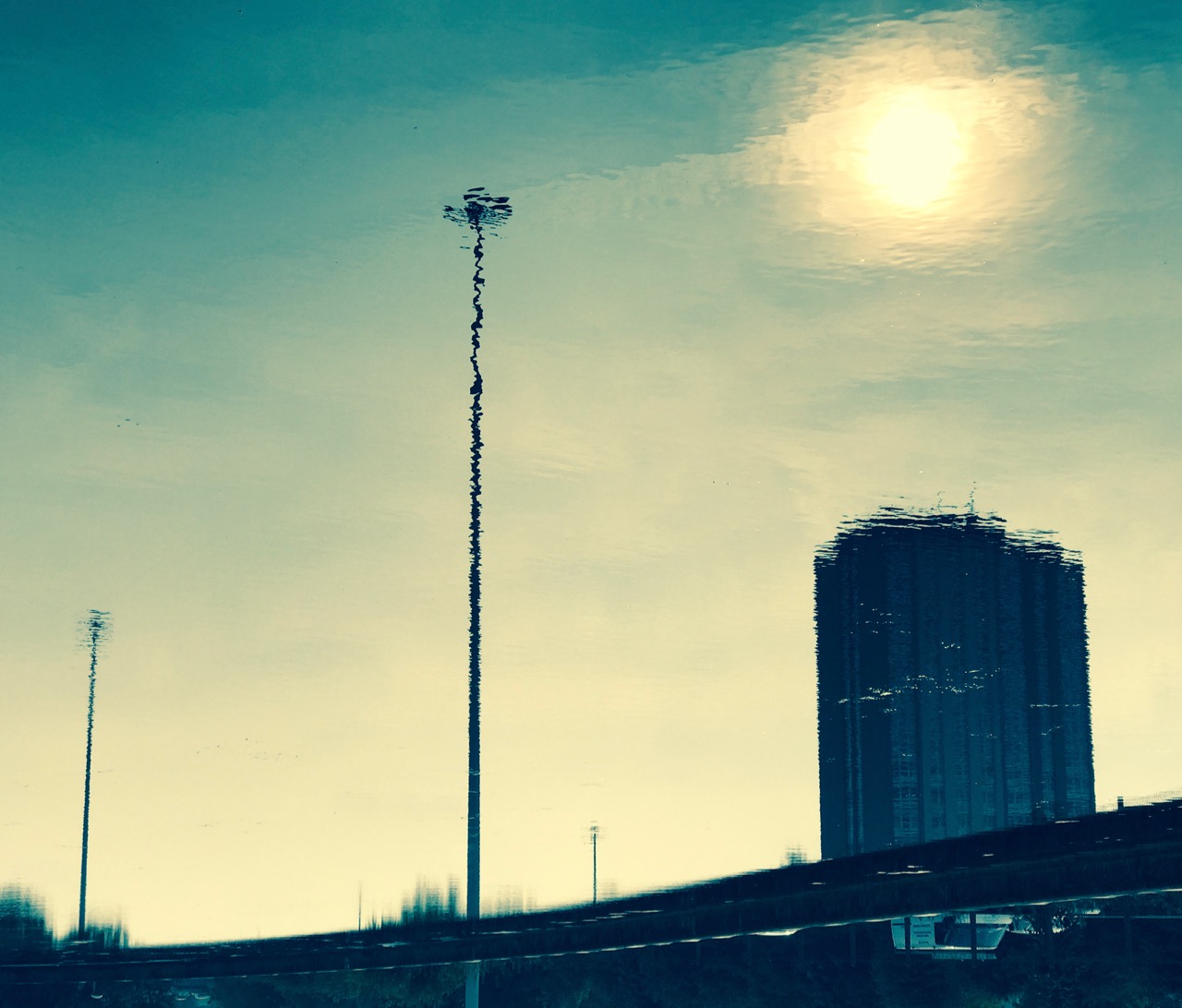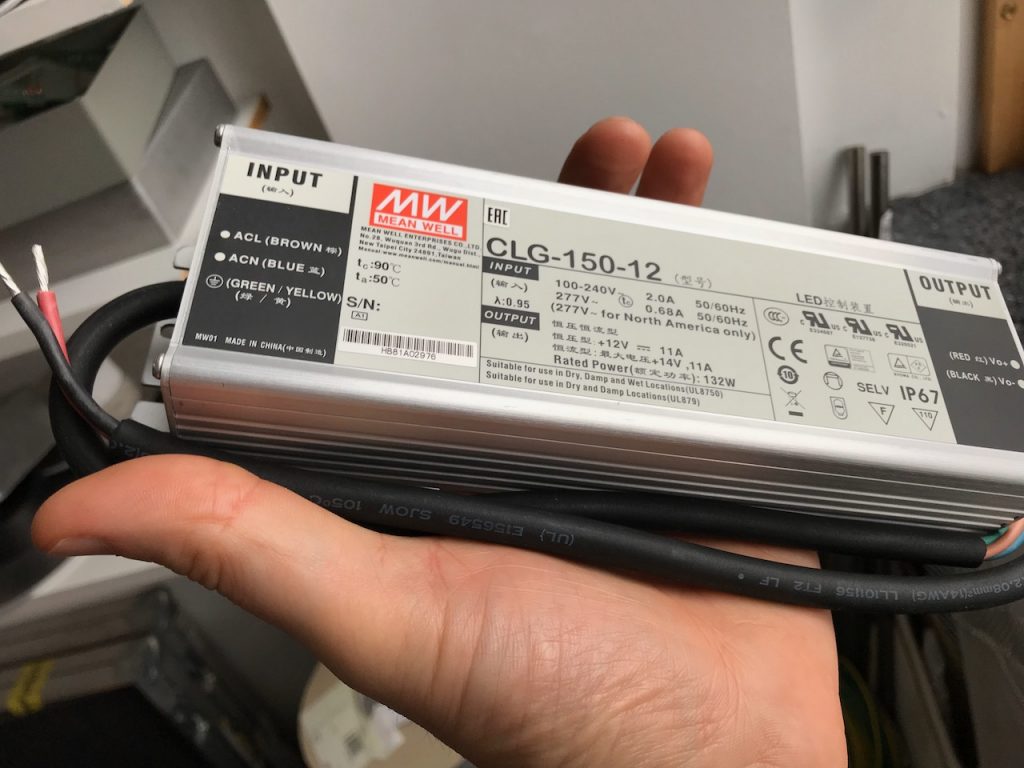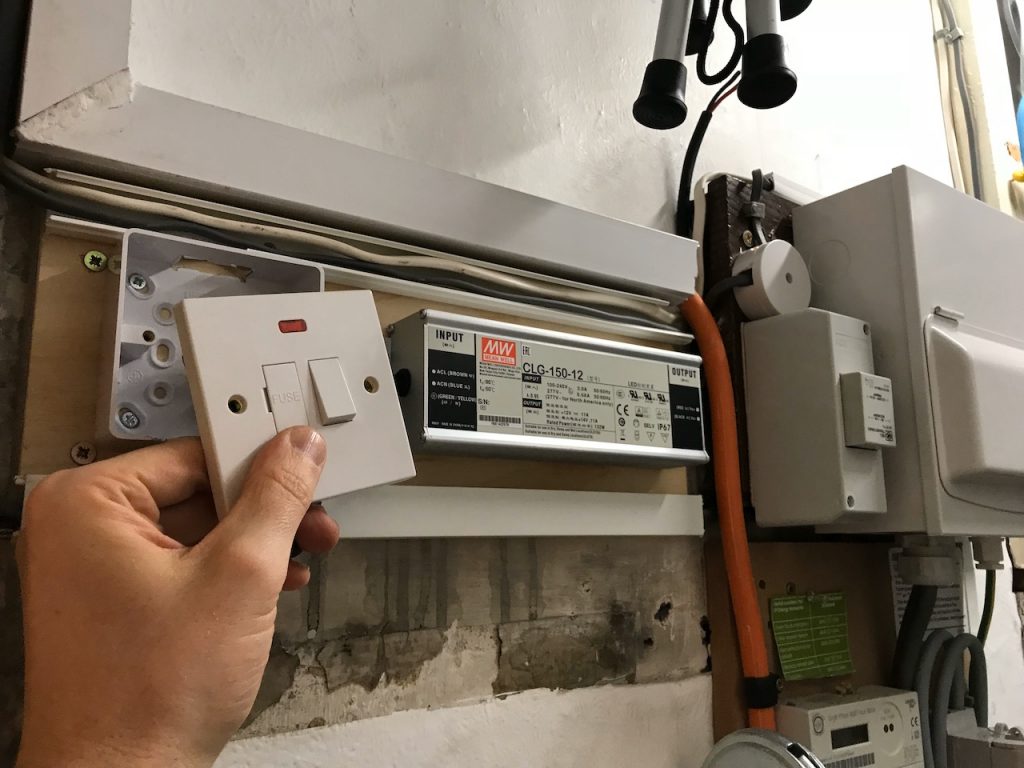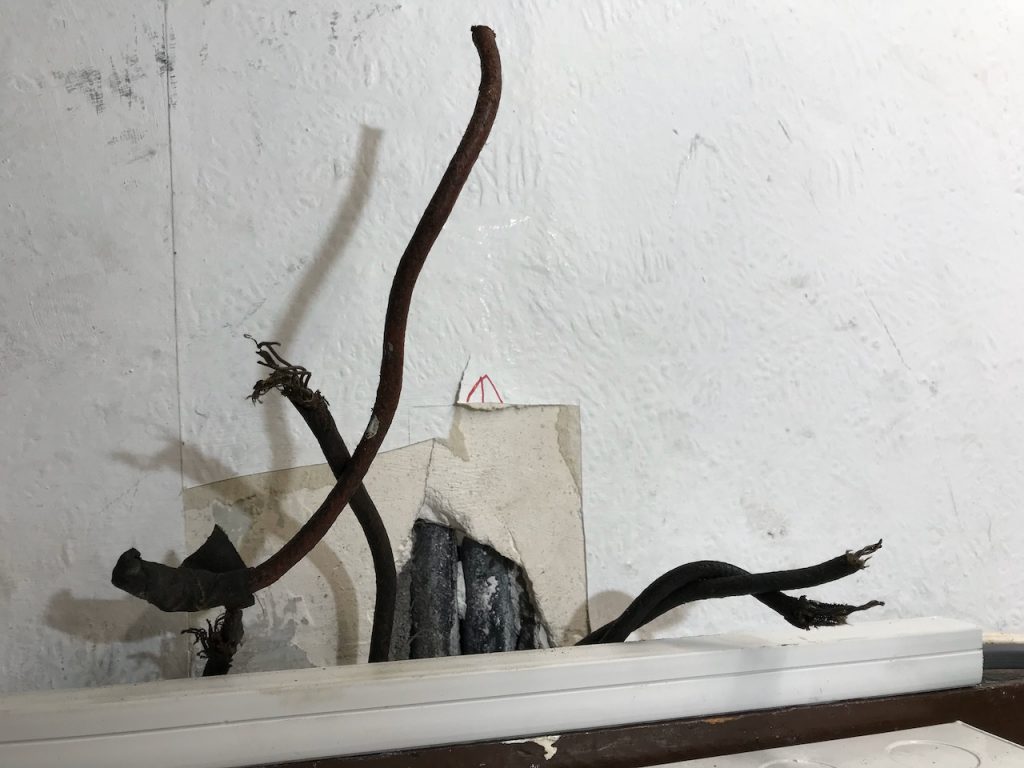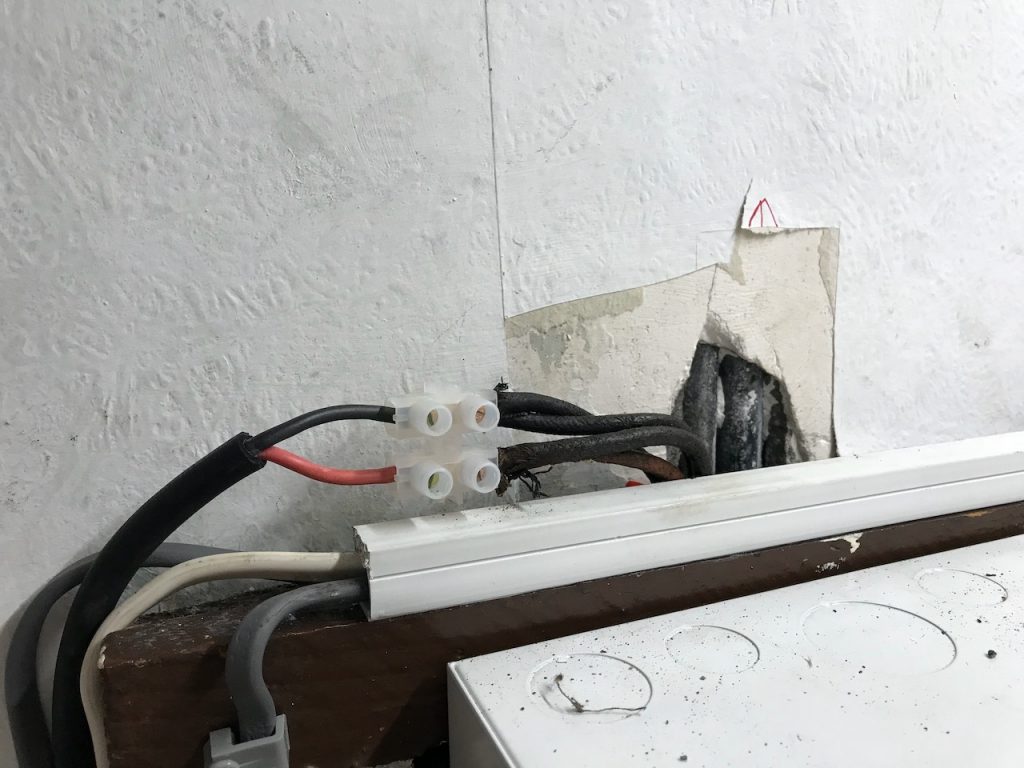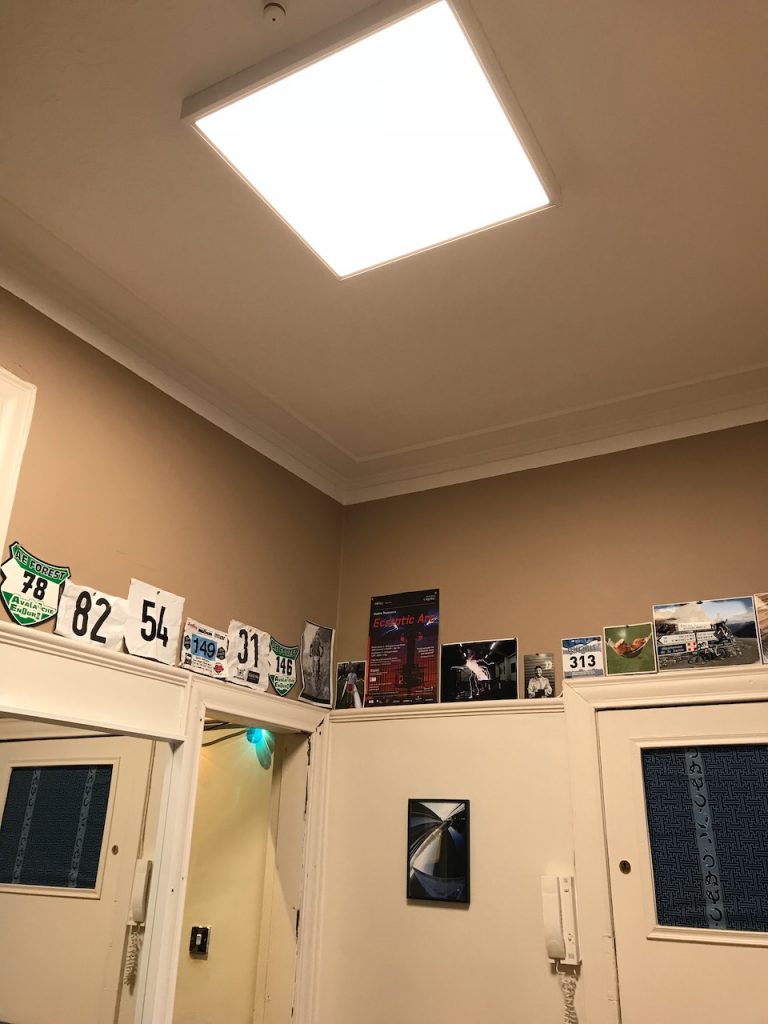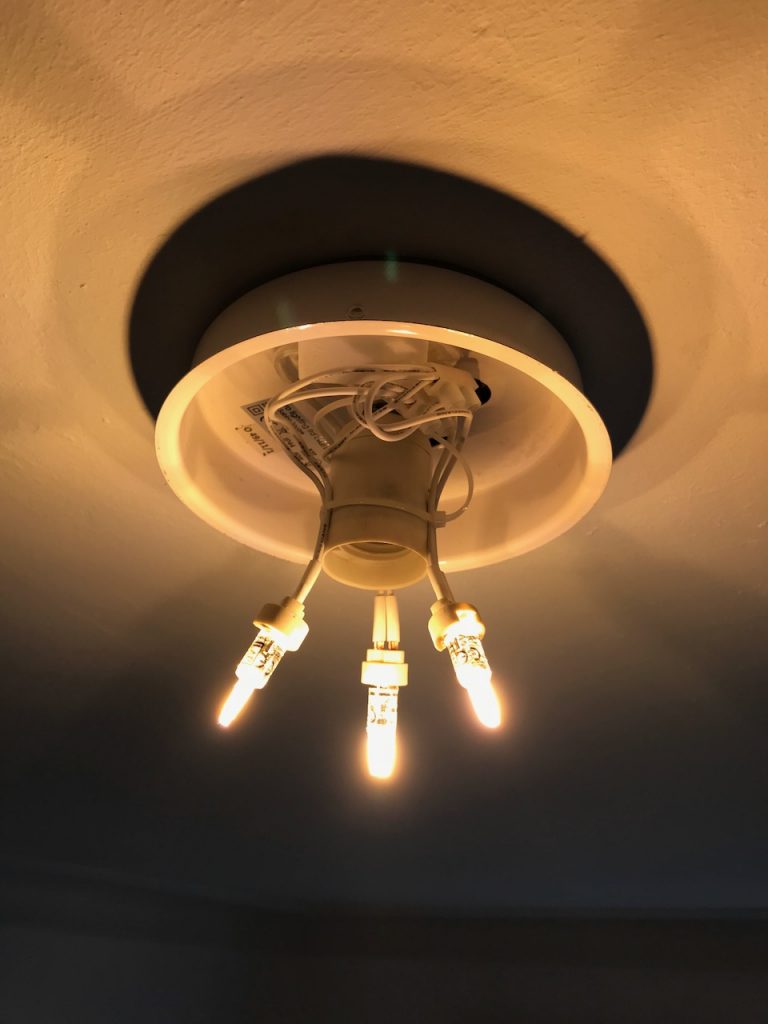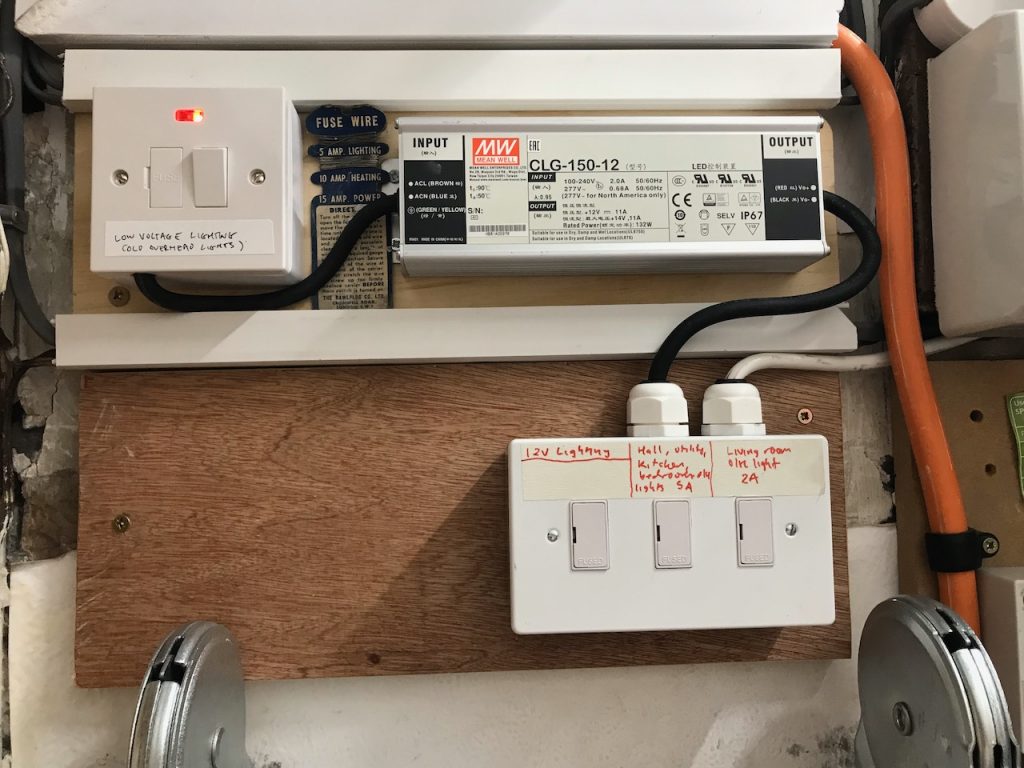This winter I discovered that blocking up the fireplace makes the living room much warmer and cuts down the gas bill substantially. All good for the Conner Labs carbon footprint. 🙂 However I guess an open fire has some sort of primeval appeal. Before I knew it I had bought this “vintage retro” piece of junk on Ebay.

I immediately regretted it in case it turned out to be full of asbestos.

It was :/
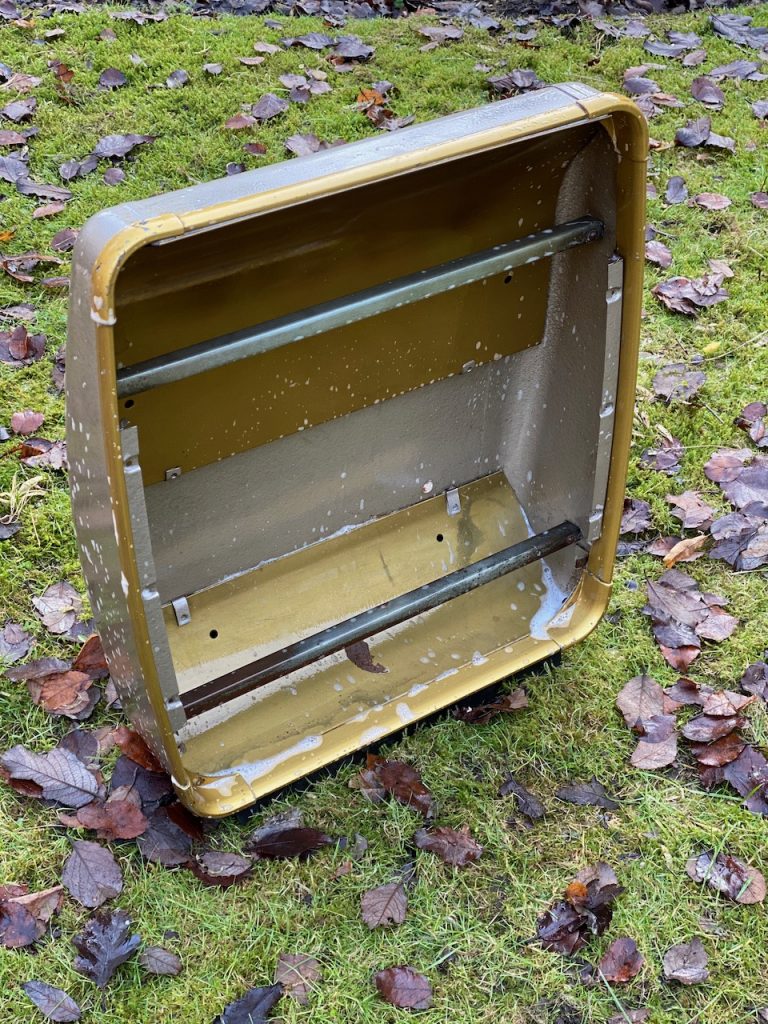
As it was also caked full of dust, and to be honest smelt a bit suspect, I decided to take it outdoors and wash it down with soap and water. Everything including the wiring, to get the asbestos wet for safe removal.
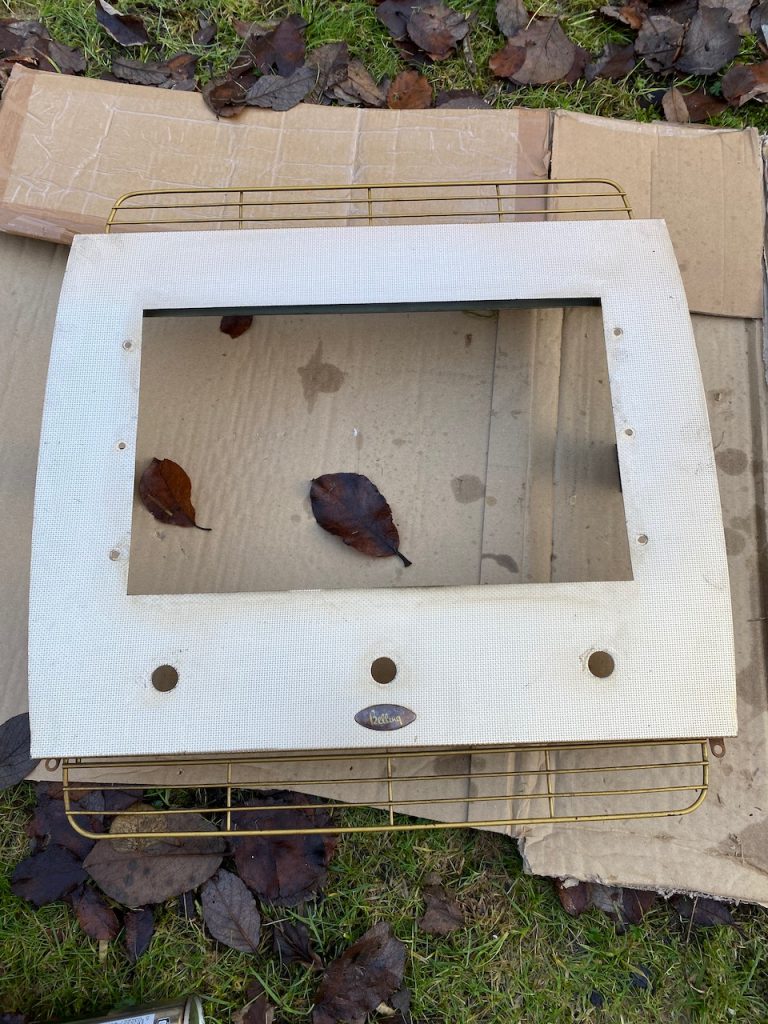
It was hardly the most complicated assembly so I stripped it down to the last nut and bolt and cleaned everything. The reflector was polished using T-Cut.

Rewiring with bare copper wire in modern high temperature fibreglass sleeving. The switch marked X had somewhat melted contacts. I couldn’t find a replacement so I retensioned them as best I could and used that switch on the lowest powered heating element.
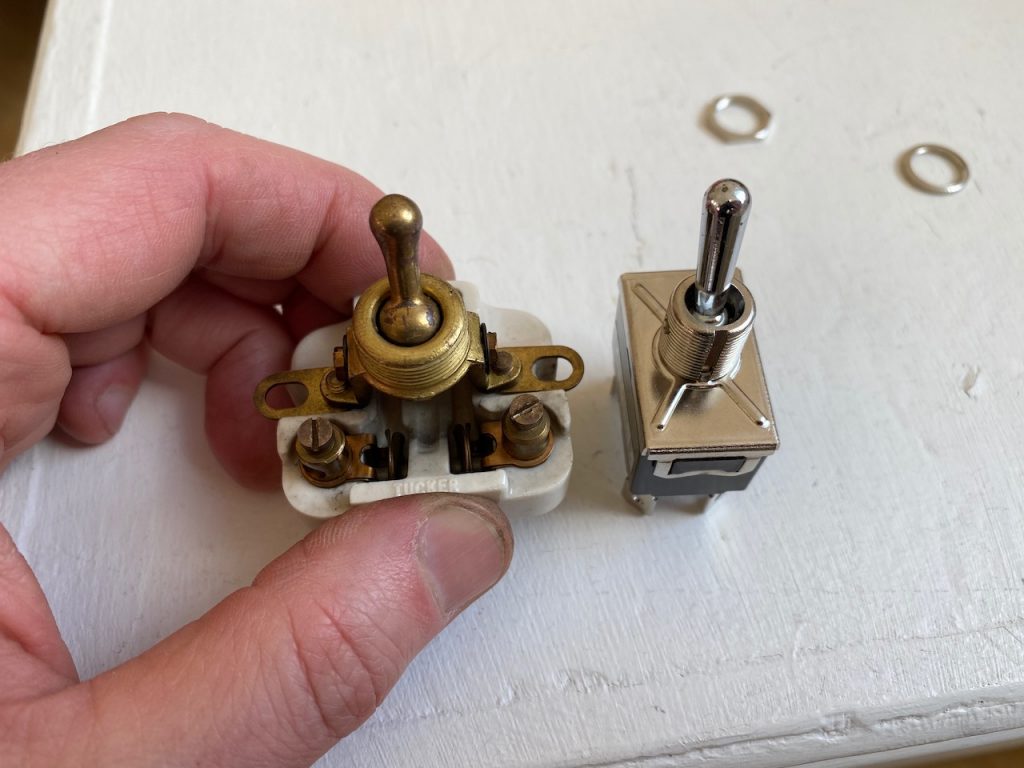
Modern toggle switch doesn’t have 1/10 of the vintage mojo. Doesn’t fit the panel hole anyway.

Red fireglow lamp is arguably the most important part 🙂 25W filament ones are still available.
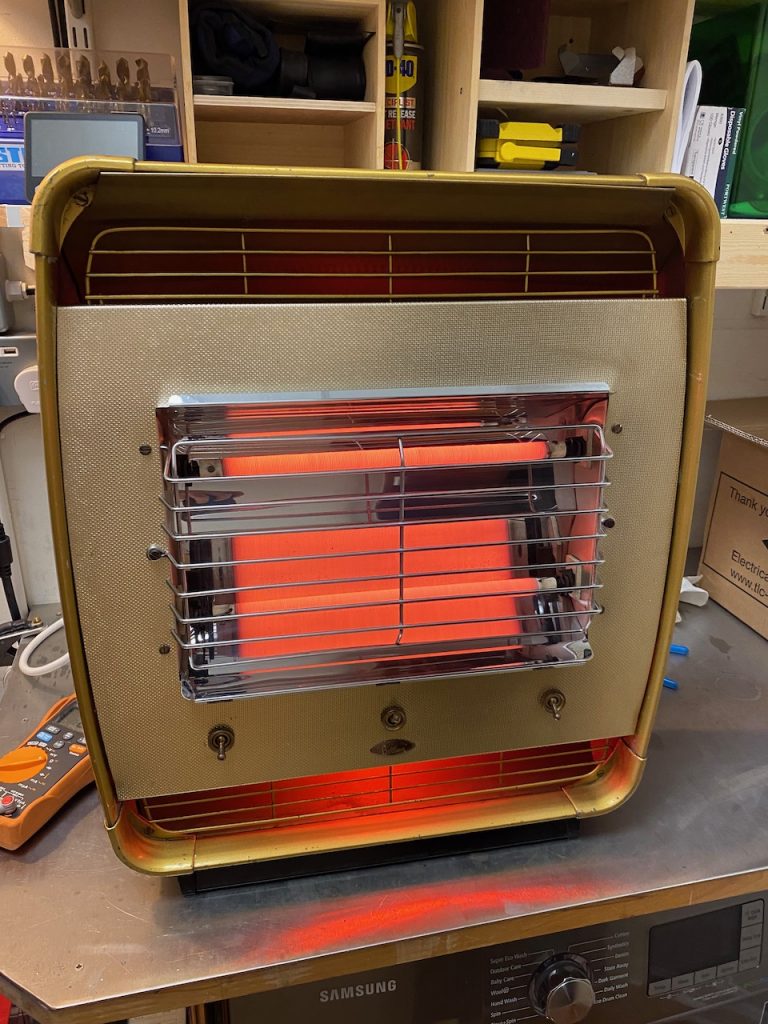
About now I realised the error of using WD40 to free off the nuts holding the heating elements in place, as great clouds of WD40 flavoured smoke belched forth. 🙂
Once the fumes had dissipated it turned out to heat the living room better than the old gas fire and cost less to run.
